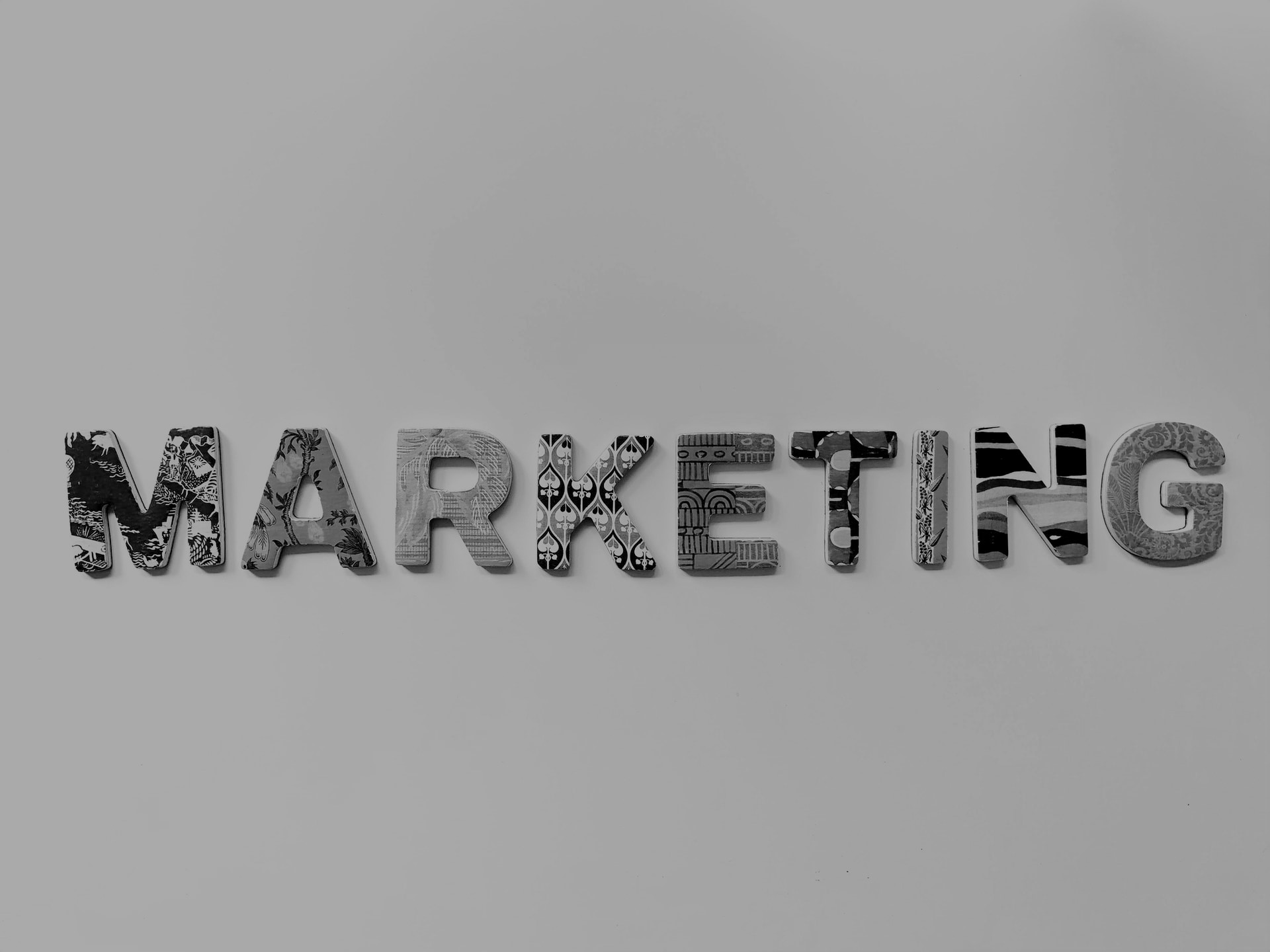Imagine you are looking for something to buy on the Internet. Say you want to buy something specific like Peppermint Tea because the normal tea bags containing caffeine are worsening your leaky gut (health) condition and someone had told you that Peppermint tea is perfect for leaky gut. So, you decide to do some research and then buy Peppermint tea. And off you go walking around mentally and looking at different posts/discussions on Peppermint tea.
You find one title that catches your attention and you decide to dive in, you dive in and then all of a sudden while digesting the information (and pseudo-making a decision to buy from that website) the button shows you more information and takes you to the purchase page which refuses to work.
Perhaps that’s not what happens, you decide to buy and you find navigating to the purchase page very tedious, plus the information on the purchase page is quite confusing.
It doesn’t matter how you got there (which is the role of Marketing) in the first place if navigating/information architecture is tedious, you’ll most likely abandon the purchase and drop off.
We tend to think of user experience only in the context of product development and management. But it goes way beyond that, user experience flows all through your optimization attempts and calls for the product. Considering that Marketing is about bringing users in and getting them to perform certain actions that affect your bottom line, a good UX design should accomplish the business goals of your website by optimizing the lead conversion process.
If you are in charge or involved in Marketing for your website/product, you need to ensure that asides from creating awesome content and a beautiful optimization path, your primary goal of converting visitors into leads and leads into buyers is well mapped out and fulfilled. Your conversion path should not scare people away, it should be intuitive and embracing. And the way to make sure that is done is to incorporate empathy into your design in achieving a conversion process that turns leads into buyers.
After breaking down the different steps of a customer lifecycle that you want to optimize, which include (according to Segment’s top-notch analysis):
Acquisition: Drive users to your site through various channels and get them to sign up.
Activation: Engage users early on by having them participate with your most important feature(s).
Retention: Get users to come back, visit and use your product multiple times.
Referral: Leverage users who are jazzed about your product to refer others.
Revenue: Convert users to pay you money for your services.
You should then look at how great User Experience will help you achieve your set goals at each step of the Customer lifecycle or your own goals.
At the Acquisition stage, make sure that Landing Pages are well designed, with the information well structured. Test colours, buttons, copy and general messaging – your calls to action must be clear and unambiguous.
At the Activation stage, your funnel needs to be designed and defined in a way that makes it easy for your users to go from one point to the other. Be clear and succinct in what they stand to benefit, and how to use your product. Optimizing user behaviour and campaigns come in here, let your marketing automation flow and be seamless in communication/experience.
And at the Retention stage, delight your users so that they can keep coming back. To get them to keep coming back, you have to make sure that their first couple of experiences met their needs without any hassle (user interviews can help you figure this out), and feedback on their previous experience should feed into how you design your product and funnel – which in turn helps your marketing become better.
For referral, you need to design an easy referral machine into your user flow, so that it is easy for them to refer new people without it being a burden.
At the revenue stage, make payment very easy for people – don’t use ambiguous, clumsy messaging and design elements. Design for trust, security, and ease.
This piece was first published on Acumen Digital’s blog.
